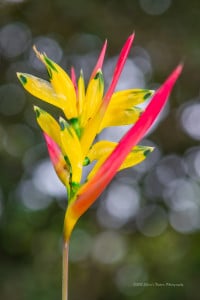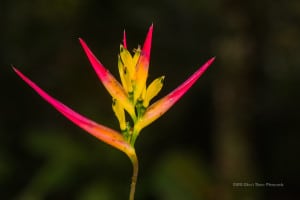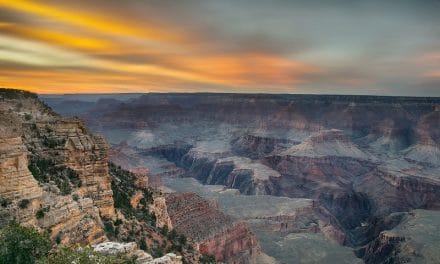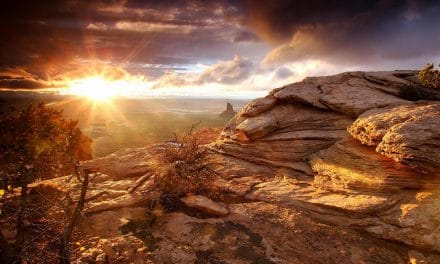As the southern states are in full bloom and the northern states are thawing out in the Northern Hemisphere, spring outdoor photography kicks in to high gear. Flowers, foliage, migrating birds explode with beautiful colors. These subjects and their backgrounds present colorful and creative uses of bokeh. From defined to soft, working with bokeh is an art in itself.
Bokeh is the out-of-focus area in an image. Bokeh is commonly referred to as either “good” or “distracting” in terms of how it’s used in an image. It may be buttery, soft, even with a hint of a painterly effect. Bokeh may have different shapes and appear in a variety of colors based on the setting.
→ Related reading: Tips for Macro Flower Photography
Soft, barely noticed in the background.
Stands out, very pronounced.
Somewhere in between.
Different lenses produce bokeh differently. Bokeh also changes with your settings. The bokeh at f/4 versus f/9 or f/14 will have a slightly modified appearance than can have a big impact on your image.
Both macro lenses and telephoto lenses have a very shallow depth of field and can produce bokeh that easily compliments flowers, birds and other nature images. In portrait photography, mid-range lenses that produce good bokeh enhance the subject so that it realistically stands out from the background.
We’ll explore flower and nature photos with 1) good 2) distracting 3) buttery (painterly) 4) as the subject bokeh.
→ Related reading: Reviews of the Best Macro Lenses for Canon and Reviews of the Best Macro Lenses for Nikon
Good Bokeh
What is good bokeh? The effect is a soft, smooth background blur. Colors may meld together versus seeing a specific shape in the background.
The butterfly image below was taken with a 105mm macro lens using a very shallow depth of field f/5. ISO was at 250 and shutter speed was 1/640. He was very active but would pause for a couple of seconds at each flower stop. The shallow depth of field blended the vibrant colors in the background. These bright greens and yellows would have overpowered the butterfly had a a smaller aperture/big depth of field (bigger f/stop number) been used.
When circles (or shapes) are produced, they are typically smooth shapes of light with soft edges. It’s easy on the eyes while emphasizing the subject.
Distracting Bokeh
Not all bokeh, even with high quality lenses and soft circles, compliments a subject. First and foremost, you the photographer determine if you like the image (bokeh or not). As in the 2 images below, I took one with the intention of producing bokeh and it did. I also took the same flower and used a flash to darken out the background. Given the color of the flower, the use of the flash produced a nicer image with a solid background than the one with visible bokeh. I felt that the white bokeh took away from the vibrant yellows and pinks in the flower.
Buttery, Smooth Bokeh
A blend of colors and soft light melt into a gentle, background canvas using a shallow depth of field.
Bokeh as the Subject
Bokeh as the subject produces interesting, abstract images and also presents great practice opportunities. The photograph below used out of focus techniques to show the bokeh light effect filtering through the trees
How to Create Bokeh?
- Study the area to see where the light is coming from, how it is being filtered in the environment. Will it be coming from behind the subject? From beside the subject?
- Big aperture (low f/stop number) to have a shallow depth of field
- Move in close to your subject to separate the foreground from the background
- Use a few lenses if possible to see the various effects
It takes practice, previews and more practice to create creamy and textured bokeh. Work with back and side lighting, aperture settings combined with different foreground and background distances. Try using different lenses and f/stops to see how each works in the variety of settings.
For little fun, how do you pronounce it? Some say Bokeh is pronounced as boh-ke (emphasis on the e) or boh-kay. While there’s different views on how to say it, we all pretty much agree that bokeh adds that little something extra.




















